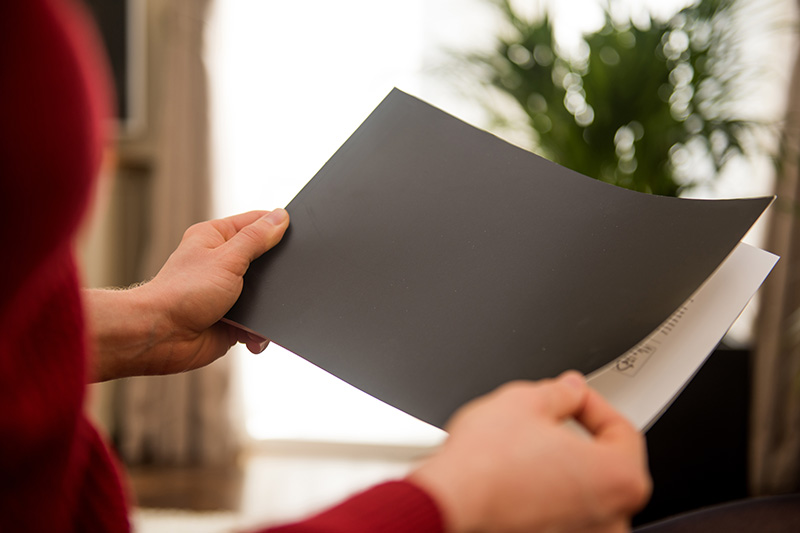Designing a brochure: our top 5 expert tips
Digital strategies might be the driving force in modern advertising – however, to (somewhat) paraphrase the great Mark Twain; the reports of the printed medium’s demise has been greatly exaggerated.
In fact, with so many businesses dominating cyberspace, firms that utilise physical media to support their marketing strategy are likely to be more memorable and persuasive.
One of the oldest techniques in the marketing playbook is the brochure. Of course, knowing what to include in terms of both content and design is crucial before attempting to create your own. In this week’s blog, we’re offering our top 5 design tips to point you in the right direction.
Know your objective
Firstly, you need to fully understand aims of the brochure – what exactly do you hope to achieve with this content? Comprehensively understanding the brief will help you select the right design; start with the end in mind and work from there.
Remember; everything you put into the brochure is a direct communication with your audience. What do you want them to do after they’ve read the brochure? What should they take away about your products and services? Carefully consider these questions and reverse engineer everything from there.

2. Define your target audience
Once you ascertain what you want to accomplish, you then need to recognise the specific audience you’re advertising to. A brochure, like any other piece of marketing collateral, should be tailored to a certain market niche and designed to achieve specific goals.
If you’re unaware of this kind of information, talk to your sales team or even your customers and use their response to map out the best possible design. Consider your audience’s age, buying cycle, income, location, or lifestyle choices; these will all factor into your brochure’s messaging and imagery.
3. Be practically creative
Creativity is important to set you apart from your competition; aim for a design that is original and unique. With so much high quality content proliferating the online and print mediums, striving for individuality should be key.
Be recognisable – think of a design that can still stand out even when it’s shuffled with other leaflets in a rack. A little imagination can go a long way in strengthening your brand’s identity.
4. Choose the right colours
Selecting the right colours is one of the biggest challenges of creating a great brochure. Colours are highly subjective; people respond differently to each – what one person hates may entice another. This gives you all the more reason to understand your target audience and choose a colour scheme that appeals specifically to them.
Regardless of your consumer base, there are several rules to bear in mind when designing your brochure. Avoid bright neon colours that hurt the eyes and be careful not to diminish readability with a distracting background. Grey type on a white background and dark type on a dark background are difficult to read.
Similar to fonts, a company has signature colours – it’s therefore important that you adhere to them. If you’re looking to add more diversity, branch out to different shades and tones using the trademark colours.

5. Make the brochure worth keeping
Finally, aim for a design that can last a long time. This means using quality paper, choosing the right fonts and colours, and adding valuable content where possible.
Thin, easily crumbling, non-glossy or other poor textured paper often coveys negative impression about your brand. To enhance the appearance of a business brochure design, superior paper quality is a must to inspire trust among readers.
At Cordis, we’re currently working on several brochures for Targetfollow Estates Limited. To enhance the customer experience when engaging with the content, we’ve opted for printed gold text contrast against a matte black cover. Little aesthetic details such as these increase the booklet’s value and make it worth keeping in the eyes of the consumer.
Cordis
The best marketing strategies of today integrate the digital with the physical, focusing on flyers, brochures and posters just as much as websites and social media graphics. With expertise in all aspects of design, social media communication, events, copywriting, and videography – Cordis can help connect with your audience using a multichannel marketing campaign.
For more information, get in contact with us today.